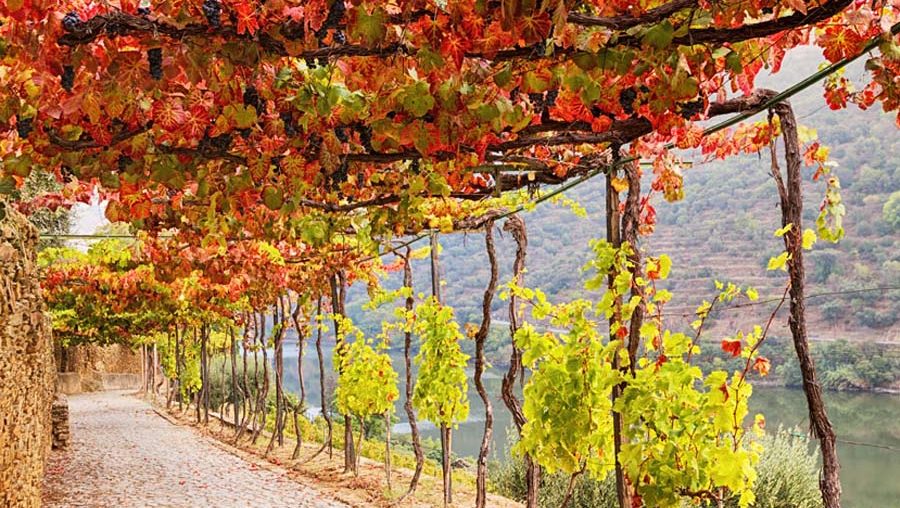A Brief History of Wine Production

The creation of wine has a long history which can be traced back over 9000 years. Evidence of various ancient practices of creating a fermented drink using grapes can be seen across Europe and Asia from China to Sicily. Discover how the production of our favourite drink has changed over time and how each country added their own little twist on the traditional methods.
The earliest archaeological evidence of wine production is found in China and dates back to 7000 BCE. This recipe used grapes alongside fermented rice and honey. Pottery shards found in Jiahucarbondate to approximately 7000 – 6600 BCE and residue on the pots were identified as tartaric acid, also found in corked wine bottles today. China has a number of wild grape species and these would have been used in all Chinese grape based (as opposed to other fruits) drinks until the Silk Road allowed for European imports around 200 BCE.
Also outside of Europe, archaeological evidence of wine production has also been discovered in Iran. The jars found in Hajji Firuzcould hold up to 9 litres each and can be dated to 5400 – 5000 BCE. Evidence has also been found in other area of Iran, as well as Turkey and Egypt.
Ancient Greece is well known for their consumption of wine which was highly popular amongst the upper classes and is depicted on a number of surviving relics. They even had a god of wine, Dionysus, who was used to represent wine’s power to intoxicate as well as its alleged beneficial social influences. Evidence of Greek wine-making in a recognisable format to our production today was found in Dikili Tash and dates to 4400 – 4000 BCE. Here archaeologists have found grape pips and empty skins as well as pottery which suggest fermentation methods.
The Romans continued the production of wine after the decline of Ancient Greece and under their leadership, it became a valuable commercial product. As the Roman Empire expanded across the Mediterranean and Europe, so too did the production of wine. We can thank the Roman armies for many of our favourite wine producing regions today which can trace their history back to approximately two thousand years ago.
After the fall of the Roman Empire, Europe entered the Dark Ages where, compared to the advances of Ancient Rome, relatively little social or economic progress was made for several hundred years. However, wine drinking endured and was even vital for some areas where safe drinking water wasn’t always available. In later centuries, wine returned to its status as being a drink for the upper classes and is frequently referenced in Shakespeare and was enjoyed by royalty and nobility across Europe.
With the development of technology including glass wine bottles, the cork and, in tandem, the corkscrew, the wine industry expanded quickly in the 17th and 18th century. Bordeaux in particular became one of the biggest exporters and wine was traded around the world for coffee and other products which colonial ships were transporting from the far corners of the globe. In 1863, however, an aphid-borne disease affected many vines in France and crippled the wine industry. But luckily, vines growing in America proved resistant and were transported to France to revive the vineyard. This was the start of hybrid grapes and increased the range of wines which were available.
In the modern age,wine-making takes advantage of refrigeration, harvesting machines and many other technological advances which not only offers better control but also the capacity to increase their production and export, allowing us at Felixir to enjoy wines from all over the world. But at its very core, the practice of growing grapes, pressing them and leaving the juice to ferment can be traced back for millennia.
